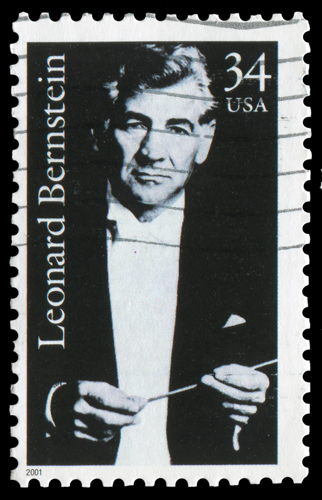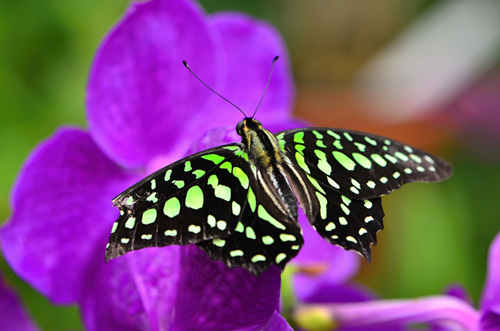The artistic process requires flexibility—the willingness to let go of something and to take a new direction. Artists are well poised, through their ability to stay open, responsive, and resilient, to adapt to complex challenges in their own world as well as in the world at large.

Artistic expression is a transforming process that involves facing and grappling with something, letting it go, and bringing something new to life.
For example:
[sws_checklist]
- In the late 1930s, Henri Matisse made a triumphant return to painting after he was proclaimed by critics in the 1920s as a “has-been.” He adapted his style several times as he travelled and read, eventually becoming one of the leaders of Fauvism.
- Samuel Barber found success in his Adagio for Strings only after he pulled out the middle movement of his String Quartet in B minor and arranged it for string orchestra. He continued to revise it for seven years between 1936 and 1943.
- Picasso’s work transformed many times throughout his career as he experimented with different techniques. His means of expression was in constant flux until the end of his life.
- Leonard Bernstein, one of the most influential conductors of the 20th century, became increasingly appreciated for his work in promoting classical music education and for his work as a composer of substance. He wrote in a variety of styles encompassing symphonic and orchestral music, ballet, film and theatre music, choral works, opera, chamber music and pieces for the piano.
[/sws_checklist]

- In about 1800 Beethoven’s hearing began to deteriorate. In the last years of his life, he was almost totally deaf, and although he gave up conducting and performing, he continued to compose; many of these compositions became some of his most admired works. Works such as Missa Solemnis and the Symphony No. 9 characterized by their innovative structures, great depth, and highly personal expression were composed in these later years.
The artistic process allows for the freedom to transform and continually enrich the lives of artists and the world around them.
Creative individuals are remarkable for their ability to adapt to almost any situation and to make do with whatever is at hand to reach their goals.
~ Mihaly Csikszentmihalyi
In a sense, the artist remains flexible and surrenders to the work in progress. The works of art, the artists themselves, and those who are involved from the periphery learn to appreciate the beauty in this flexibility. They understand the value of growing and detaching from strict predefined aims that can hold them back. How many times in our own lives could we use this kind of thinking? All of us can learn to move beyond our comfort zone, and use the artistic process to understand that in complex problem solving, purposes are seldom fixed, but change with circumstance and opportunity. Just as the artistic process requires the willingness to surrender to the unanticipated possibilities that unfold in creating a work of art or series of works throughout a lifetime, our own experiences can unfold in ways we may never have imagined.

We delight in the beauty of the butterfly but rarely admit the changes it has gone through to achieve that beauty.
~ Maya Angelou
Artists accept unanticipated change. They maintain perspective and let go of things they can’t control; they find quiet moments; they often find humor in the changes; they never give up, but always move forward. The arts can support the understanding and mental capability to function with flexibility that is so necessary for success in the changing world of the 21st century.
The creative process is a process of surrender, not control.
~ Julia Cameron
— Pat
Sign-up for the Arts Awareness eNewsletter and receive a free gift “Three Lessons to Begin to Make Artistic Principles Work for You in Fascinating Ways.” Like Arts Awareness on facebook.
